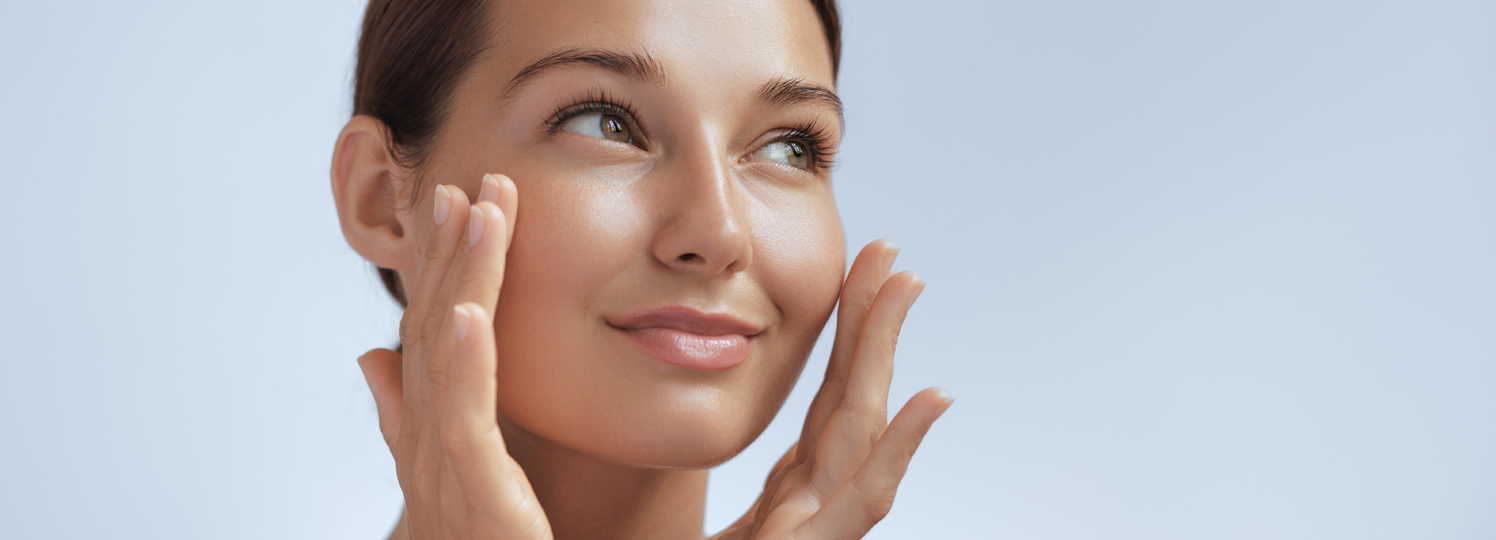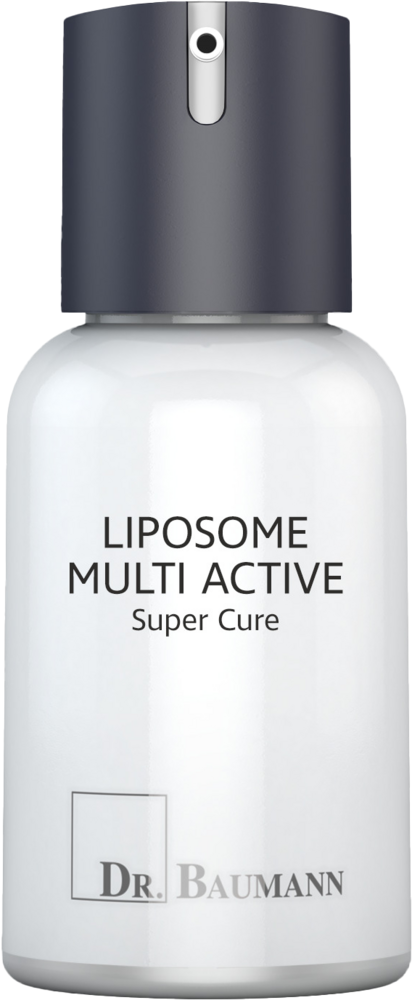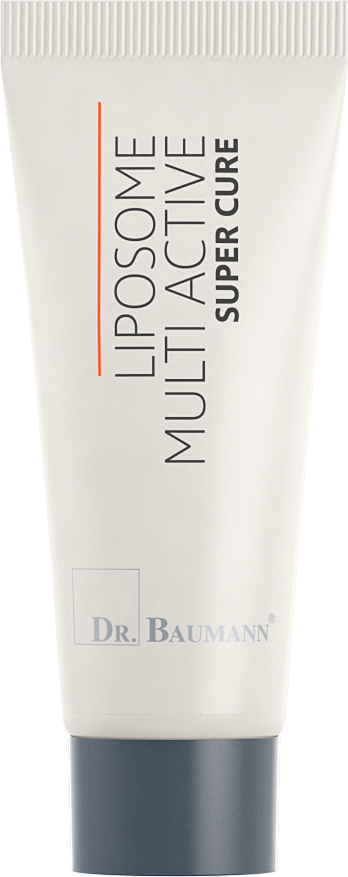

Basic Care



Basic Care
Contains highly effective multilamellar liposomes, nanosomes, ceramide, evening primrose oil, jojoba oil, vitamins A + E and provitamin B5. A deluxe product to meet high demands! Recommended if one wants to see what bionome skincare is capable of, or as a treatment.
Application: After cleansing the skin, one should first apply one of the following LIPOSOME MULTI ACTIVE products so that the liposomes can transport moisture and active ingredients into the skin. Thereafter one should apply one of the skin creams appropriate to skin type. The LIPOSOME MULTI ACTIVE products constitute Dr. Baumann SkinIdent basic care and document the difference from other cosmetic products.
Tip for the gentlemen:
All liposome products are ideal for replenishing the skin after shaving.
30 ml Bottle
Art.-Nr. 1058
10 ml Tube
Art.-Nr. 1558
Aqua, Butylene Glycol, Lecithin (and) Alcohol, Oenothera Biennis Oil, Simmondsia Chinensis Oil, Urea, D-alpha Tocopheryl Acetate, Panthenol, Glycosphingolipids (and) Phosphosphingolipids, D-mixed-Tocopherols, Retinyl Palmitate, Sodium Ascorbyl Phosphate, Sodium Hyaluronate, Allantoin, Tetrahydroxypropyl Ethylenediamine, Carbomer
Aqua:
Water. It accounts for around 65% of the weight of the human body and is therefore of fundamental importance for bodily functions, including those of the skin. In many cosmetic products (aqueous solutions, cleansers, emulsions), water is the ingredient with the largest proportion of the formulation in terms of quantity and forms the basis of the aqueous phase in emulsions. Water is a good solvent for polar (hydrophilic) substances such as alcohols, water-soluble vitamins or salts. For use in cosmetic products, the water used is generally pre-treated to remove microorganisms that could lead to spoilage of the product or dissolved salts that may impair the stability of emulsions or gels (sterilization and desalination).
Butylene Glycol:
Solvent with moisturizing effect on the skin, very good compatibility, should be preferred to propylene glycol in products used daily
Lecithin (and) Alcohol:
Lecithin concentrate in alcohol, can form liposomes, in creams as a high-quality co-emulsifier
Oenothera Biennis Oil:
Evening primrose oil: One of the most valuable oils for skin care. With its high concentrations of highly unsaturated fatty acids linoleic acid and gamma-linolenic acid, it is effective against dry, rough and flaky skin. It is moisturizing, has a soothing effect on the skin, increases blood circulation and counteracts the formation of pimples. In many people, the metabolic step from linoleic acid to gamma-linolenic acid is disturbed, which in extreme cases results in neurodermatitis. This is why evening primrose oil is also very popular in naturopathy.
Simmondsia Chinensis Oil:
Some kind of oil
Urea:
The water-soluble urea is used in numerous cosmetic products. Urea is a component of the natural moisturising factors of the horny layer (content between 7 % and 12 %; up to half lower in chronically dry skin) and has a high water-binding capacity. It contributes to sustained moisturisation of the skin and reduces transepidermal water loss. Urea has a keratoplastic effect, in higher concentrations it has a keratolytic effect and is therefore also used in the care of skin affected by psoriasis or atopic dermatitis (neurodermatitis). Urea is also able to reduce the irritating potential of surfactants.
D-alpha Tocopheryl Acetate:
Natural vitamin E acetate; storage form in the skin, is converted into the active form by dissolving the acetate bond; antioxidant with skin-protecting properties, e.g. against UV radiation, retains moisture, delays premature skin ageing
Panthenol:
D-panthenol = provitamin B5: Improves and increases the skin's ability to retain moisture, has an anti-inflammatory effect, reduces or inhibits itching. Stimulation of epithelialization: Small wounds (shaving), skin abrasions, blisters heal better. When used in hair care products, it is not only deposited on the hair and scalp, it also penetrates them and has a long-term effect. As pantothenic acid is an important component of healthy hair, the precursor D-panthenol serves as “food for the hair” according to scientific studies. It provides the hair with long-lasting moisture, improves the combability of the hair, reduces the formation of split ends, improves the condition of damaged hair, thickens the hair and gives it shine. The brittleness of fingernails is reduced.
Glycosphingolipids (and) Phosphosphingolipids:
Precursor ceramides; are converted into the nourishing free ceramides on the skin surface
D-mixed-Tocopherols:
Is the name of a mixture of natural tocopherols (vitamin E; D-alpha-, beta-, gamma- and delta-tocopherol). Vitamin E is the most important skin protection vitamin, which protects the skin from UV rays and oxygen radicals.
Retinyl Palmitate:
Is the storage form of vitamin A, which is converted into free vitamin A in the skin. It stimulates cell division and therefore has a strong regenerative effect, particularly on pre-aged skin and with prolonged use. Studies have even shown an increase in the collagen content of the skin, a slight reduction in wrinkles and an increase in skin elasticity.
Sodium Ascorbyl Phosphate:
Highly effective antioxidant and vitamin C donor for the skin
Storage form of vitamin C as a phosphate ester. Water-soluble vitamin with antioxidant properties. It acts against cell-damaging free radicals, protects unsaturated fatty acids from oxidation, is essential for the formation of collagen and thus the entire connective tissue as well as for the function of the immune system. Together with vitamin E, it is very suitable for preventing the formation of nitrosamines.
Sodium Hyaluronate:
Sodium salt of hyaluronic acid. Natural moisturiser with skin-smoothing properties, important natural component of the lower skin layers (dermis). Formerly produced from rooster combs, now produced in better quality by biotechnology.
Allantoin:
Allantoin is a body-identical, water-soluble substance and is chemically related to urea. It is found in various plants but is now produced synthetically for use in cosmetics. Its most important property is the stimulation of new cell formation. It promotes collagen formation, skin regeneration and wound healing, stimulates desquamation, smoothes the skin and can have a soothing effect on atopic dermatitis.
Tetrahydroxypropyl Ethylenediamine:
Used to neutralise polyacrylate gel (carbomer), reacts alkaline in water.
Carbomer:
Neutral, polyacrylate-based gelling agent that is very well tolerated by the skin. Contrary to various claims, no “microplastics”.